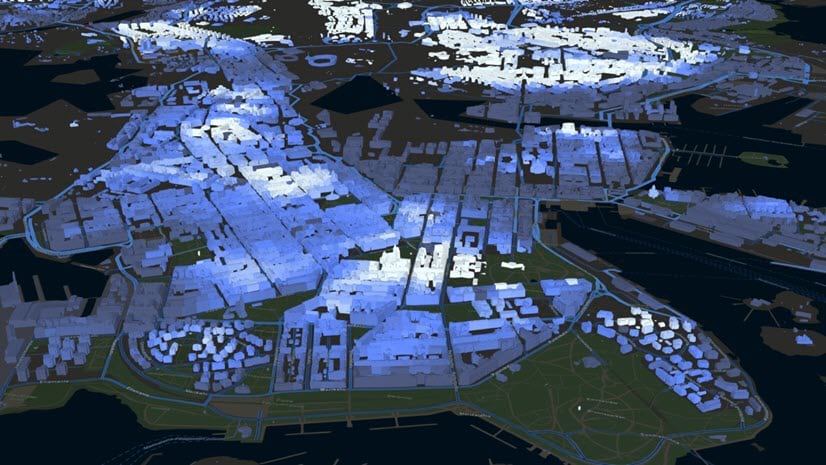

Using this data, opportunities to measure tree heights and map forest canopy structure abound. Because LiDAR returns can be classified by the surface from which they are reflected (ground, trees, water, buildings, etc.) models of ground surface as well as anything above ground surface can be made. The advent of the availability of LiDAR data covering large land areas in high levels of detail provides opportunities for new analysis of both topography and land cover.

The maps will be field-validated and completed by August of 2018. To date the partnership has mapped over 200,000 acres of inland and coastal rice fields. To better understand the magnitude of these impacts, Clemson University is partnered with Low Country stakeholders to use remote sensing and mapping technologies to discover the true extent of rice fields. We suspect the wetlands may provide a range of other ecosystem services including flood and nutrient retention, protecting downstream communities and ecosystems. Other wildlife use the wetlands as well, including myriads of reptiles and amphibians, birds, fish, and invertebrates. Ducks are a valuable commodity for hunting as well as birdwatching revenues and landowners are very interested in restoring and maintaining historical rice fields - for cultural and wildlife reasons. Instead of rice, these wetlands today are home to thousands of migratory waterfowl. Many of these function as valuable freshwater wetlands. Rice agriculture was abandoned in South Carolina after the Civil War while it has enjoyed slight resurgence recently and at points in history it never has returned to its apogee and consequently the landscape today is littered with abandoned rice fields.


 0 kommentar(er)
0 kommentar(er)
